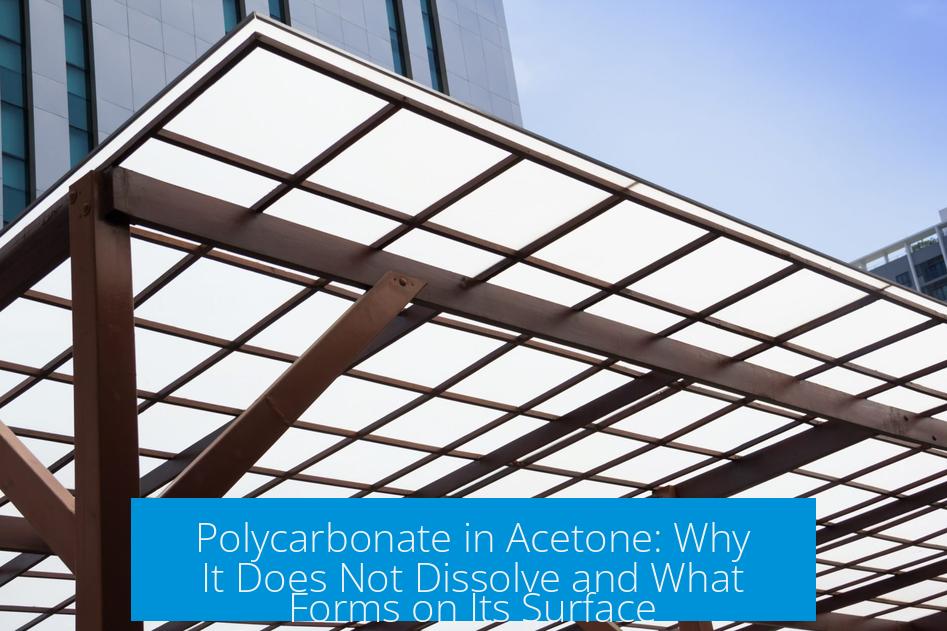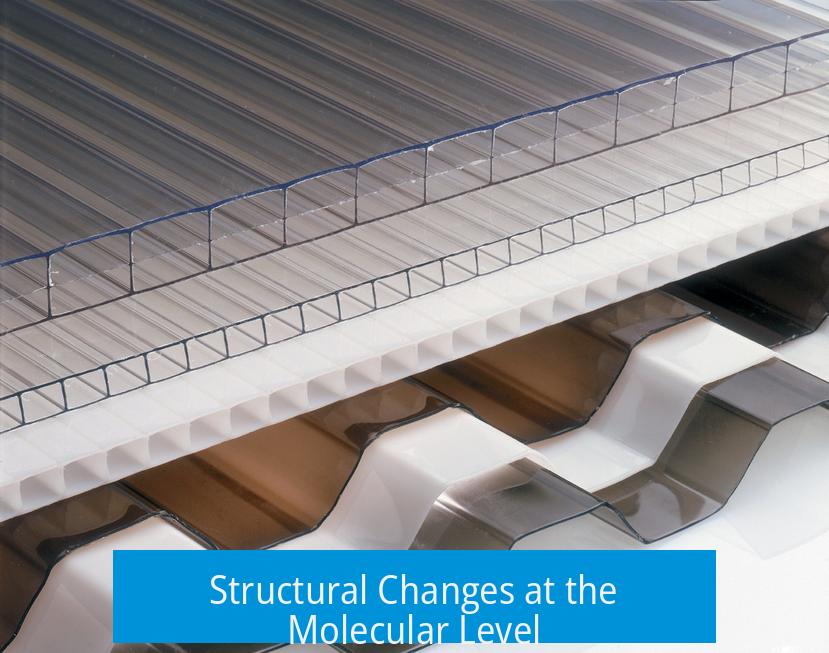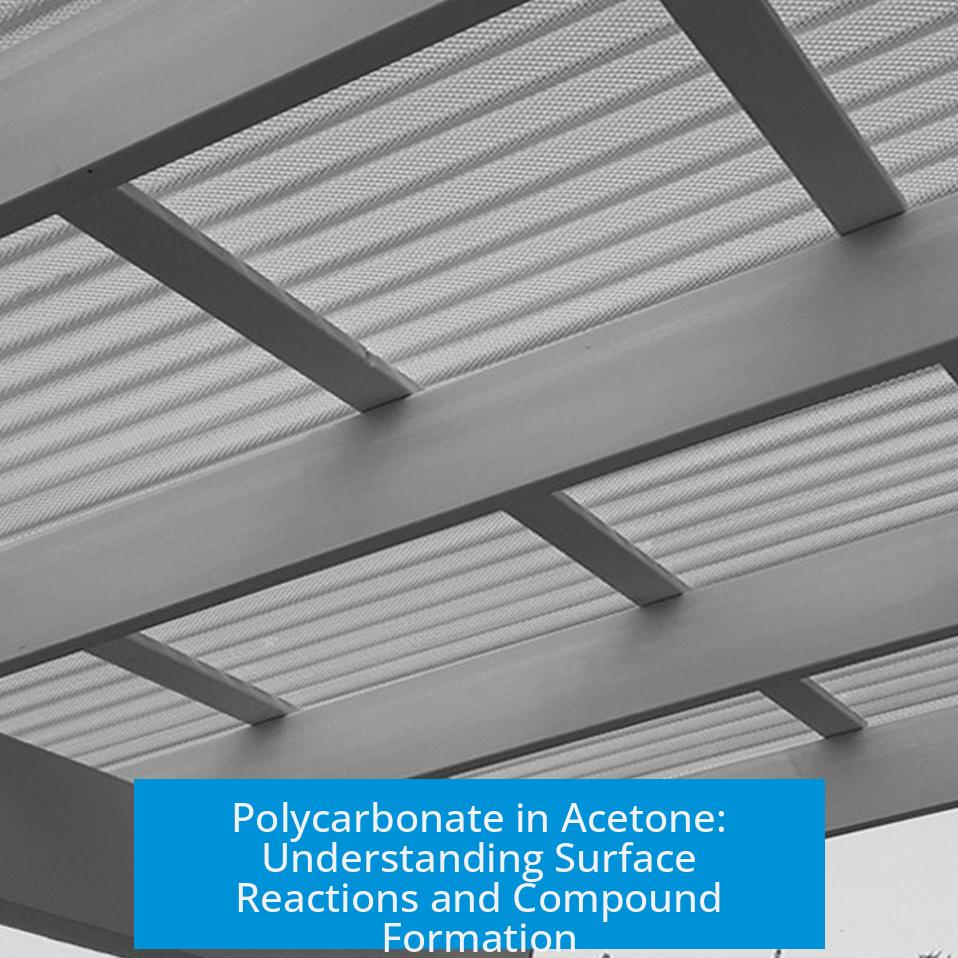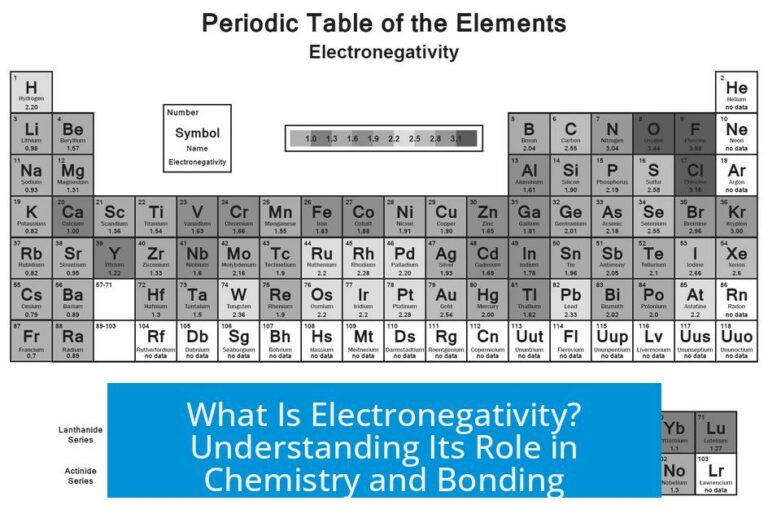Polycarbonate in Acetone: Why It Does Not Dissolve and What Forms on Its Surface

Polycarbonate does not dissolve in acetone. Instead, acetone is absorbed into the polymer structure, causing swelling and a modified surface layer that appears as a white, brittle coating on the plastic. This layer is not a new compound but a physically altered form of polycarbonate containing absorbed acetone.
Acetone Absorption and Polymer Swelling
The interaction between polycarbonate and acetone does not result in dissolution. Instead, acetone molecules penetrate the polymer matrix. This penetration causes the polycarbonate to swell as acetone fills spaces between polymer chains.
- Swelling changes the physical dimensions temporarily.
- The polymer chains increase in spacing but remain chemically intact.
Formation of the Surface Layer
The layer forming on the surface is swollen polycarbonate. It contains acetone integrated within the polymer network. This prevents the polymer from breaking down or going into solution; instead, the surface physically changes.
Changes in Appearance and Mechanical Properties
After acetone exposure and drying, the surface layer turns opaque white. This whiteness results from numerous tiny air pockets trapped as acetone evaporates. Light scattering from these micropores causes the color change.
Mechanical properties also alter:
- Increased brittleness
- Reduced flexibility
- Changed tensile and compression strengths
Structural Changes at the Molecular Level

While the chemical identity of polycarbonate remains the same, acetone induces structural rearrangements. Polymer chains adopt different conformations due to solvent interaction. These changes affect polymer stiffness and surface texture.
Regarding Potential New Compounds Formation
Some suggest formation of insoluble polymers or side-products through chemical reaction between acetone and polycarbonate. However, no definitive evidence exists. Such claims require sample collection and analytical testing.
Key Points to Remember
- Polycarbonate does not dissolve in acetone; it swells by absorbing acetone.
- The white surface layer is swollen polycarbonate with acetone, not a new compound.
- Drying creates air-filled micropores causing opacity and brittleness.
- Polymer chains change shape but retain chemical identity.
- Claims of new insoluble compounds lack confirmation and need testing.
Why does polycarbonate not dissolve in acetone but changes its surface?
Acetone penetrates the polycarbonate and causes it to swell. It does not dissolve the plastic but modifies the surface by absorbing into it.
What is the white layer that forms on polycarbonate after acetone exposure?
The white layer is still polycarbonate that has absorbed acetone. This swelling creates tiny air holes that scatter light, making the surface appear opaque.
Does the surface layer formed by acetone contain a new chemical compound?
The surface remains polycarbonate but with altered polymer chain shapes. It is not a new compound, though some insoluble material might form, requiring tests to confirm.
How does acetone affect the physical properties of polycarbonate?
After acetone dries, the surface becomes more brittle and less flexible. Tensile and compression strengths can decrease due to structural changes in the polymer.
Can the swollen polycarbonate layer be separated from the original material?
The swollen layer is part of the same polymer, altered by acetone absorption. It does not separate easily but shows modified mechanical and optical properties.





Leave a Comment